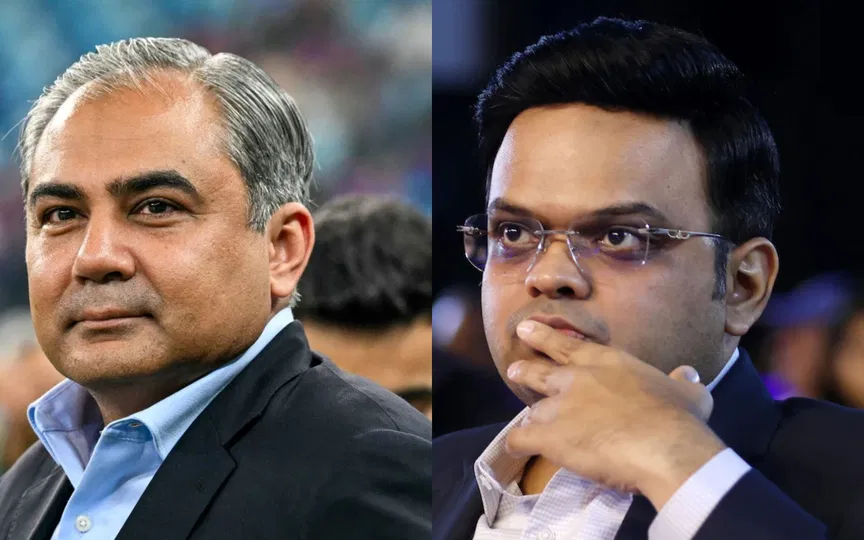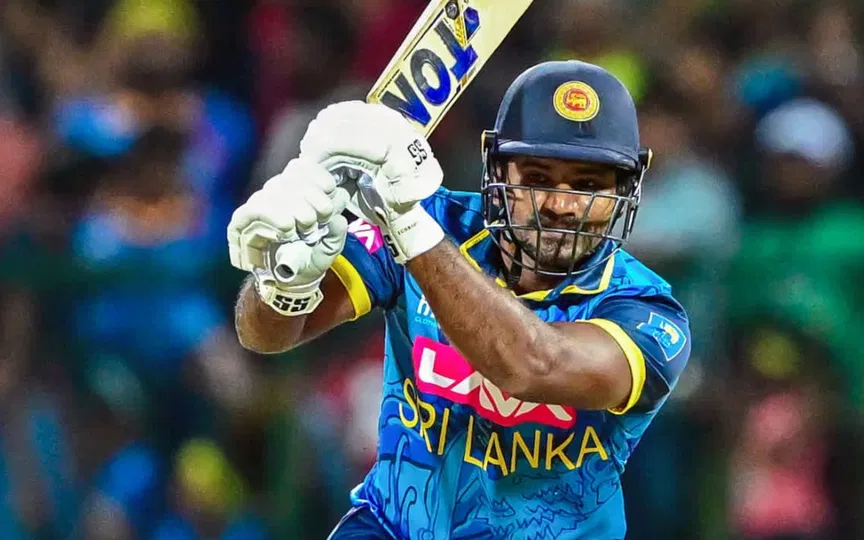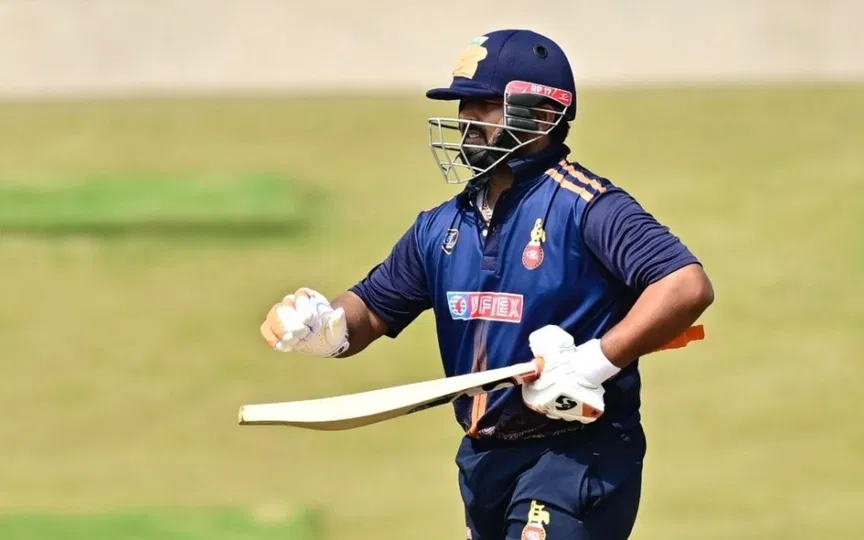CRICKET NEWS
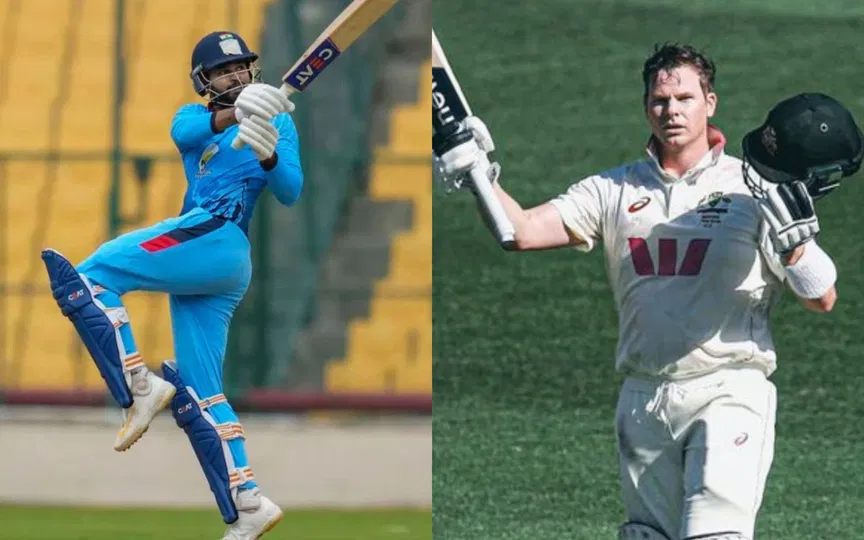
Shreyas Iyer returns, Shubman flops and Steve Smith record- January 6, 2026 Cricket highlights
A daily recap of five of the biggest cricket news of January 6, 2026, from Shreyas Iyer’s spectacular return to Steve Smith’s huge century record.
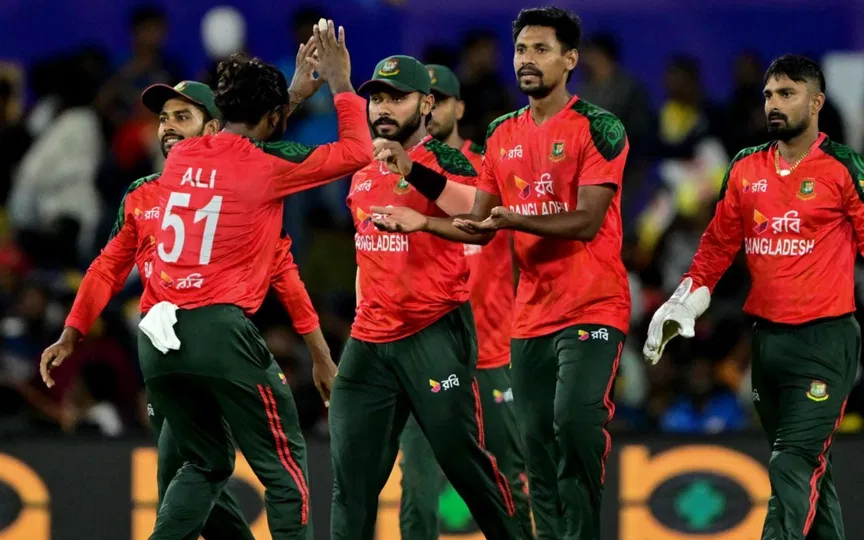
Mustafizur Rahman joins PSL after KKR snub from IPL 2026: Report
Bangladesh fast bowler Mustafizur Rahman has registered his name in the PSL 2026 draft after getting rejected by the BCCI and the KKR franchise.
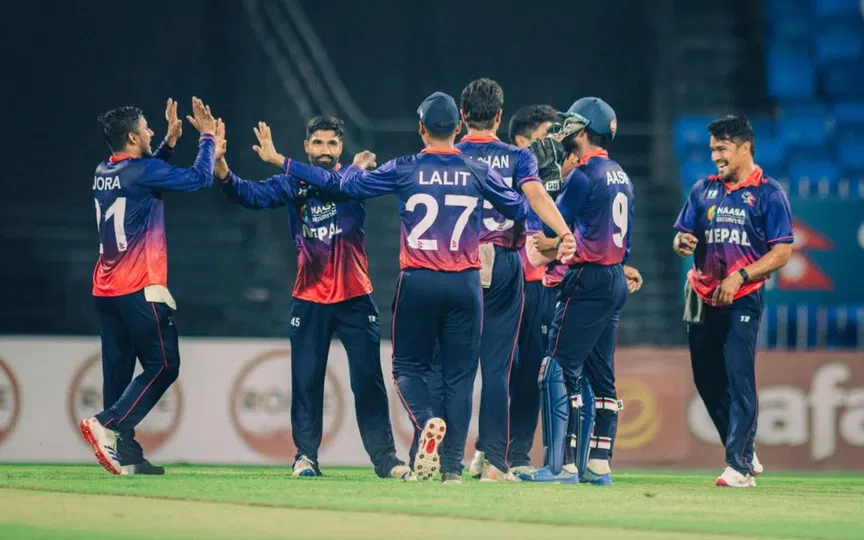
Nepal squad T20 World Cup 2026 announced, Rohit Paudel to captain
Cricket Nepal announce Nepal’s 15-player squad for the upcoming 2026 ICC Men’s T20 World Cup in India and Sri Lanka.
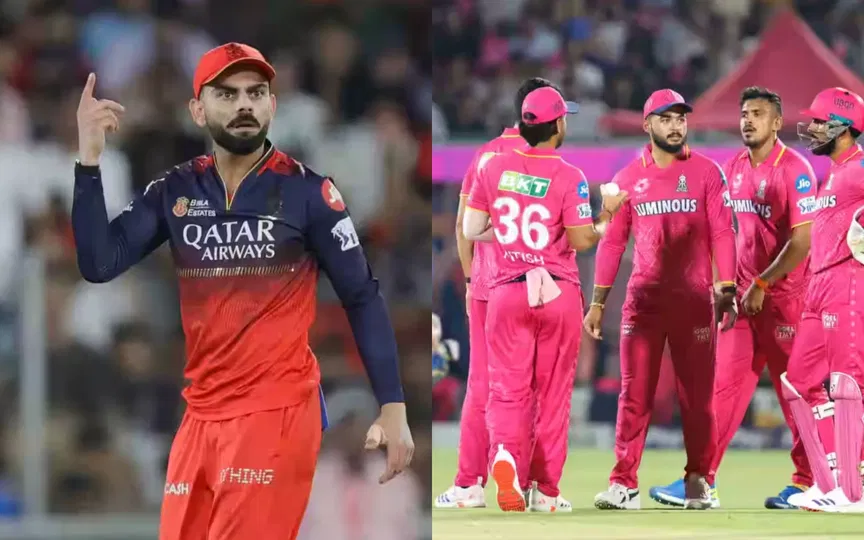
RR, RCB's potential new IPL home lands in trouble as MCA faces legal action
Maharashtra Cricket Association has landed in fresh controversy as a petition has been filed by ex-India cricketer, alleging that MCA has included 400 new members in the board without proper
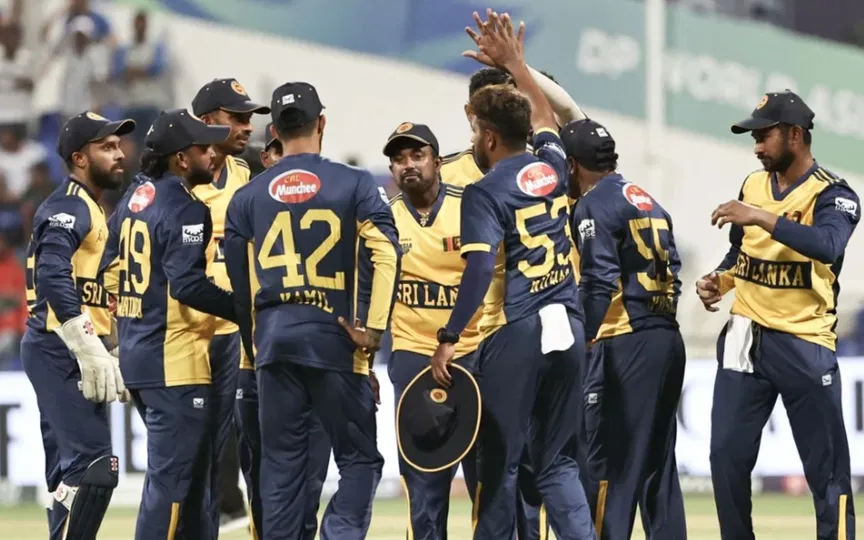
Sri Lanka T20 squad for Pakistan announced; T20 World Cup 2026 picture painted
Dasun Shanaka will lead Sri Lanka’s T20I squad against Pakistan after being named captain for Pakistan tour of Sri Lanka 2026.
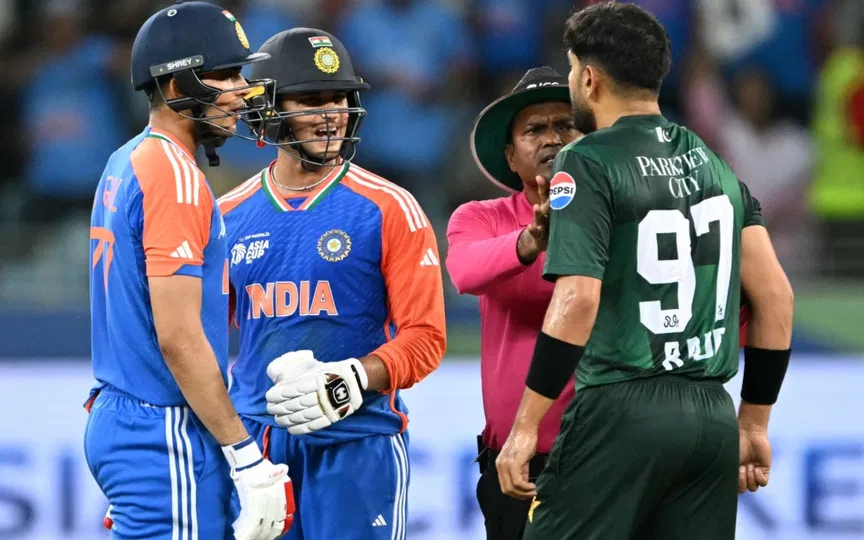
India-Pakistan tension hits T20 World Cup 2026; many teams stranded without visas
A new issue has been placed at the helm of ICC, a month ahead of the ICC T20 World Cup 2026.

Annabel Sutherland snatches no.1 from Deepti Sharma in latest ICC rankings
Deepti Sharma loses top spot as Australia’s Annabel Sutherland soars to No.1 in ICC Women’s T20I bowling rankings.
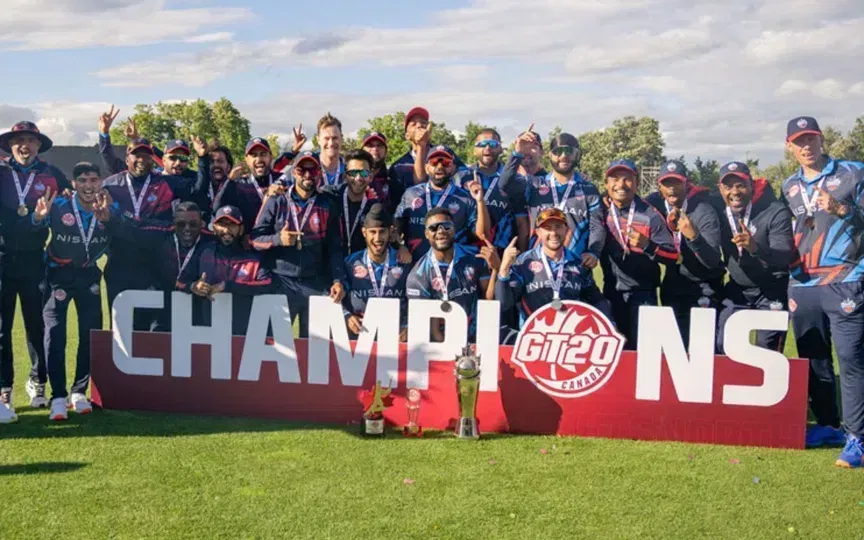
GT20 Canada 2026 schedule announced after a year-long hiatus
The GT20 Canada is set to return to action later this year. The competition is scheduled to run from 23rd July 2026 to 8th August 2026.
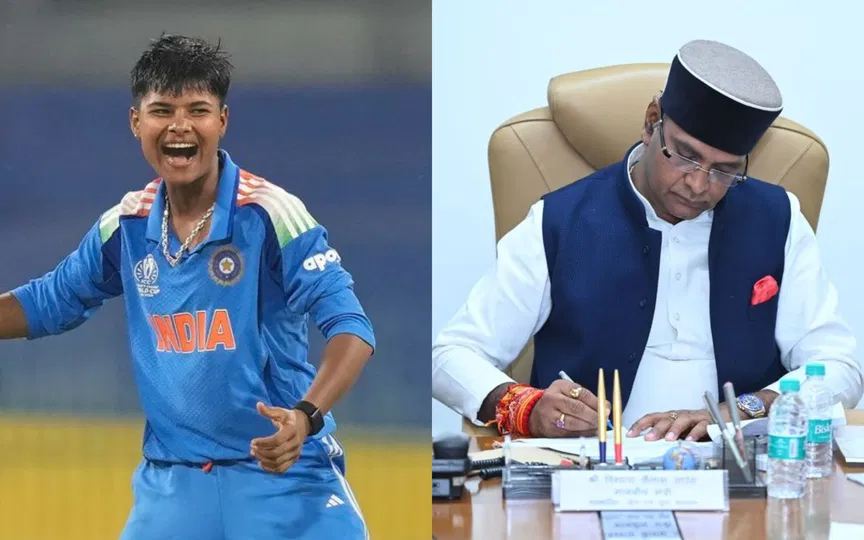
Kranti Gaud's father reinstated in Madhya Pradesh police after 14 years of exile
Munna Singh, father of India’s Women’s World Cup-winning bowler Kranti Gaud is back into the police force.
